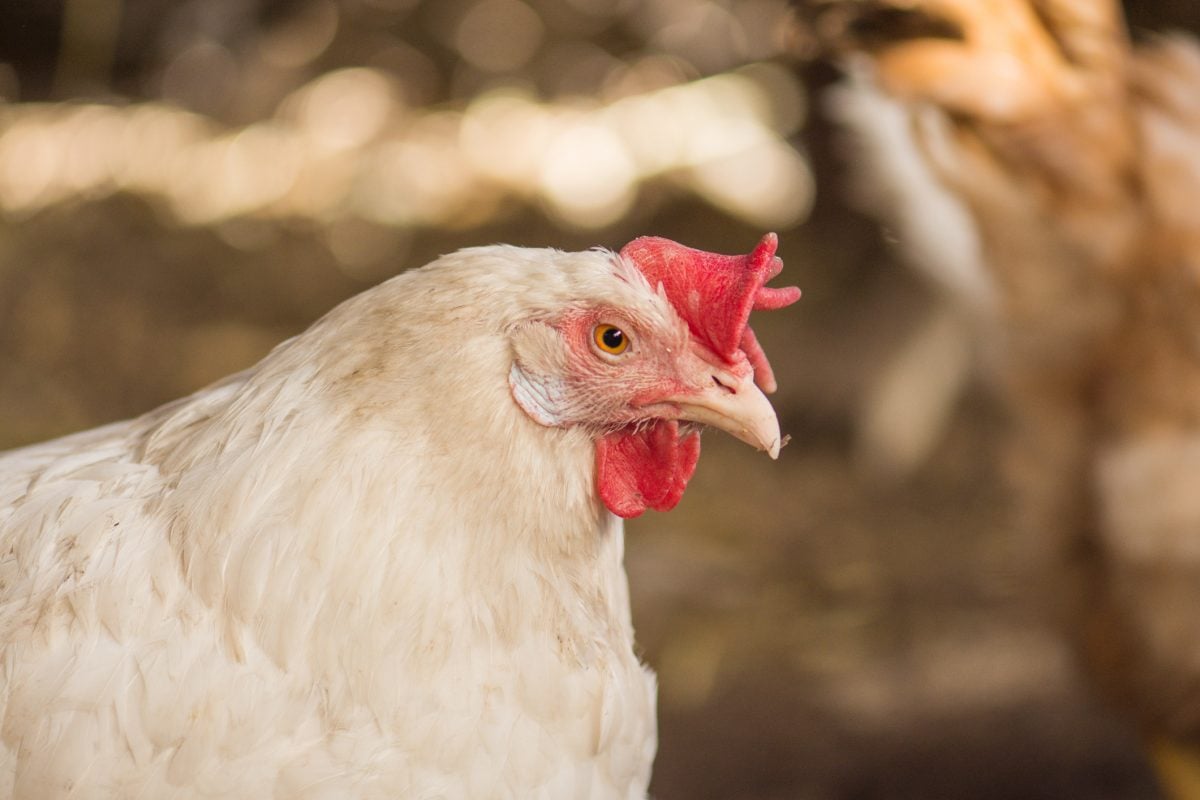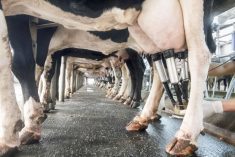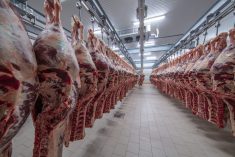WASHINGTON/NEW YORK, May 18 (Reuters) – U.S. regulators proposed on Wednesday a modest increase in the amount of corn-based ethanol and biofuels fuel companies must mix into diesel and gasoline next year, a move that will likely disappoint two of the biggest U.S. industries: oil and farming.
In a statement, the Environmental Protection Agency called for 18.8 billion US gallons to be blended into the nation’s fuel supply in 2017, up four percent from the 18.11 billion gallons set for this year.
That includes 14.8 billion for conventional biofuels, which is mainly ethanol, up from 14.5 billion for this year, the document showed.
Read Also

CFIA says regulatory changes will cut agricultural red tape
The Canadian Food Inspection Agency (CFIA) is set to make seven regulatory changes to cut red tape around agricultural production.
The numbers confirmed earlier reports by Reuters.
The rise was smaller than the amount backed by the farm lobby and biofuels companies like Archer Daniels Midland Co and Poet LLC, which have spent millions to produce advanced biofuels. The oil industry opposed any increase.
As expected, the 2017 total is well below the 24 billion gallons outlined in a 2007 law, which was aimed at weaning the United States off oil imports and boosting renewable fuel use.
Still the volumes represent “ambitious, but achievable” growth for the renewable fuels industry, the EPA said on Wednesday.
Last year, the regulator said those requirements are not realistic, acknowledging infrastructure constraints known as the “blend wall,” the 10-percent saturation point for ethanol blended in gasoline.
The release is part of the EPA’s efforts to get the controversial policy back on track after years of delays in the program that has entrenched oil and farm interests engaged in an increasingly fraught lobbying battle.
In November 2015, the agency unveiled a retroactive target for 2014 and the first for 2015 and 2016, triggering lawsuits from both Big Corn and Big Oil.
















